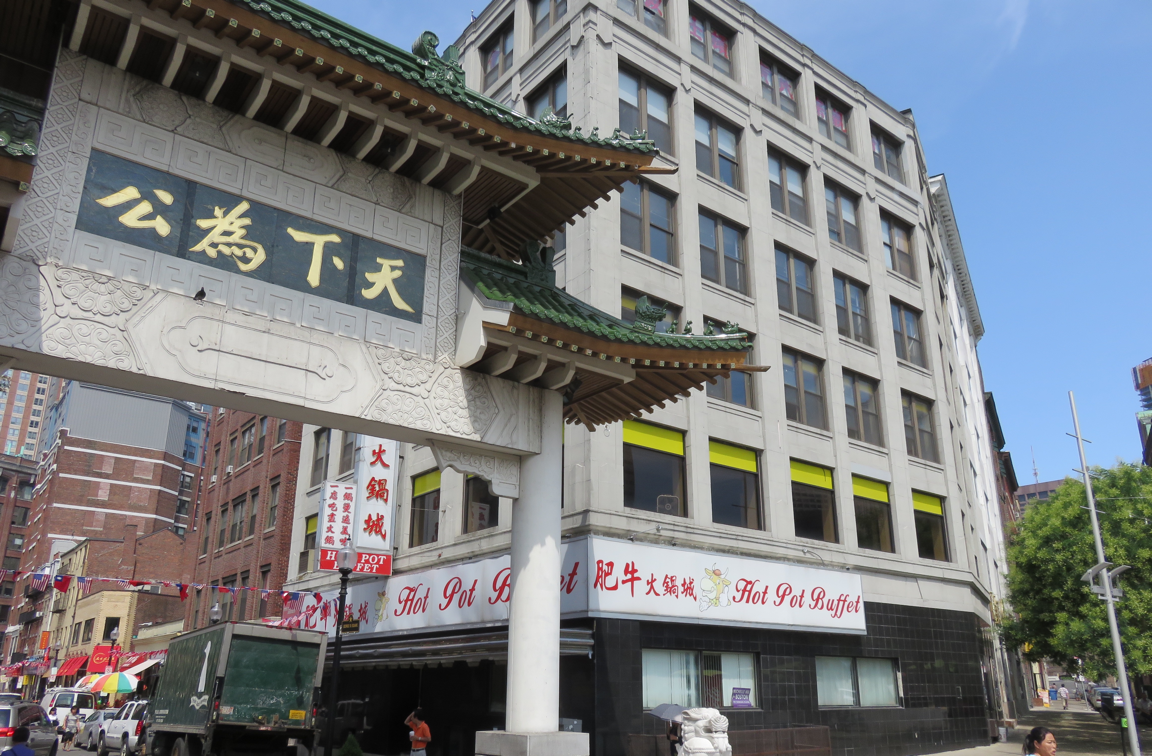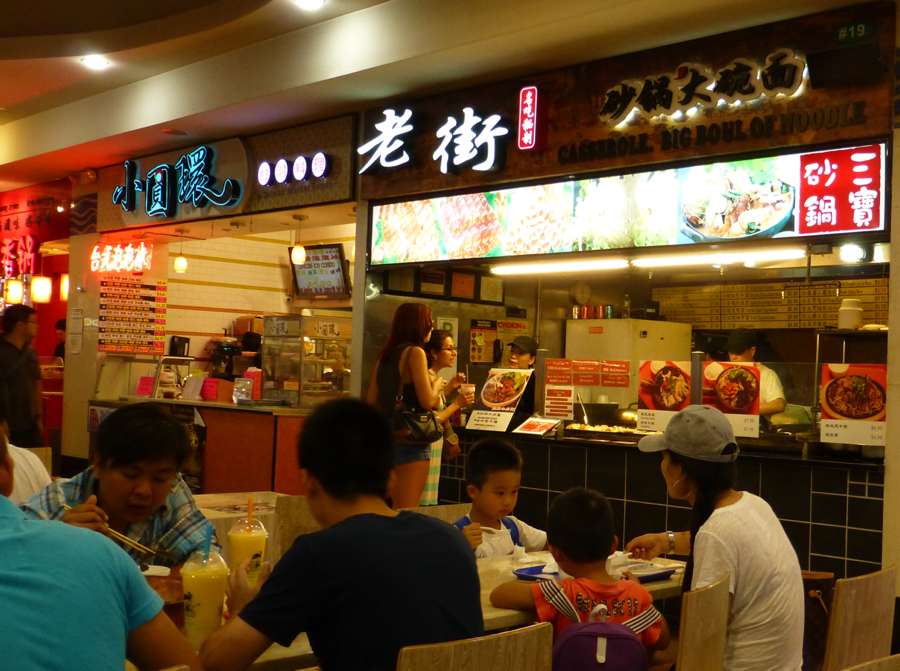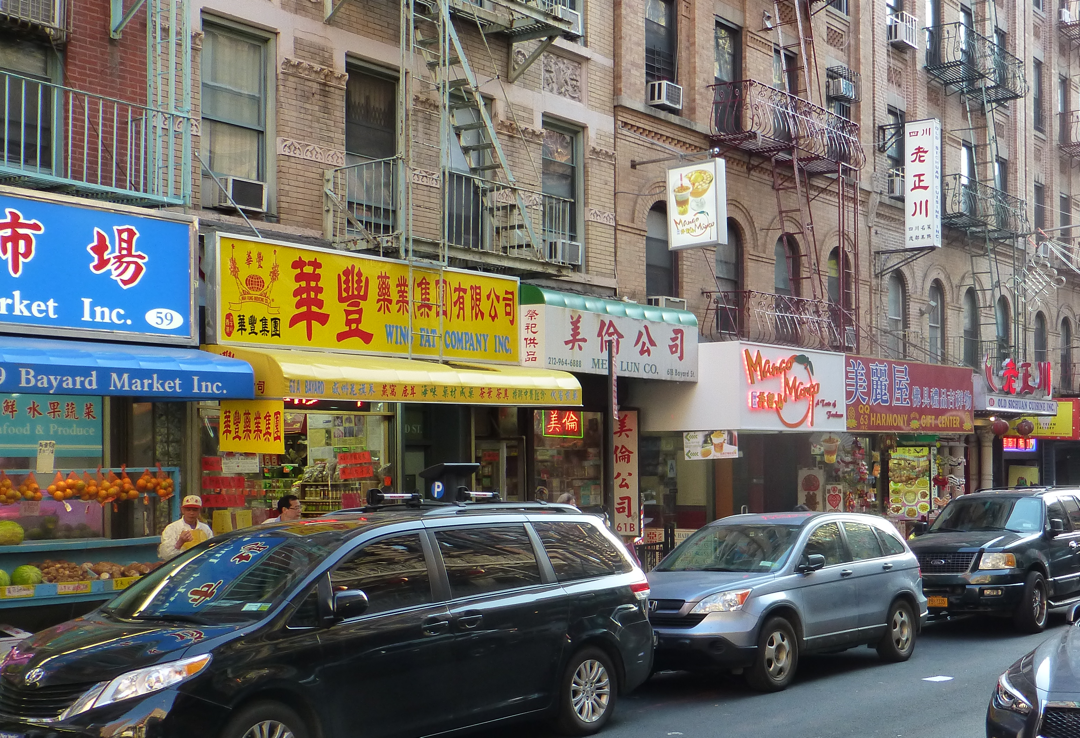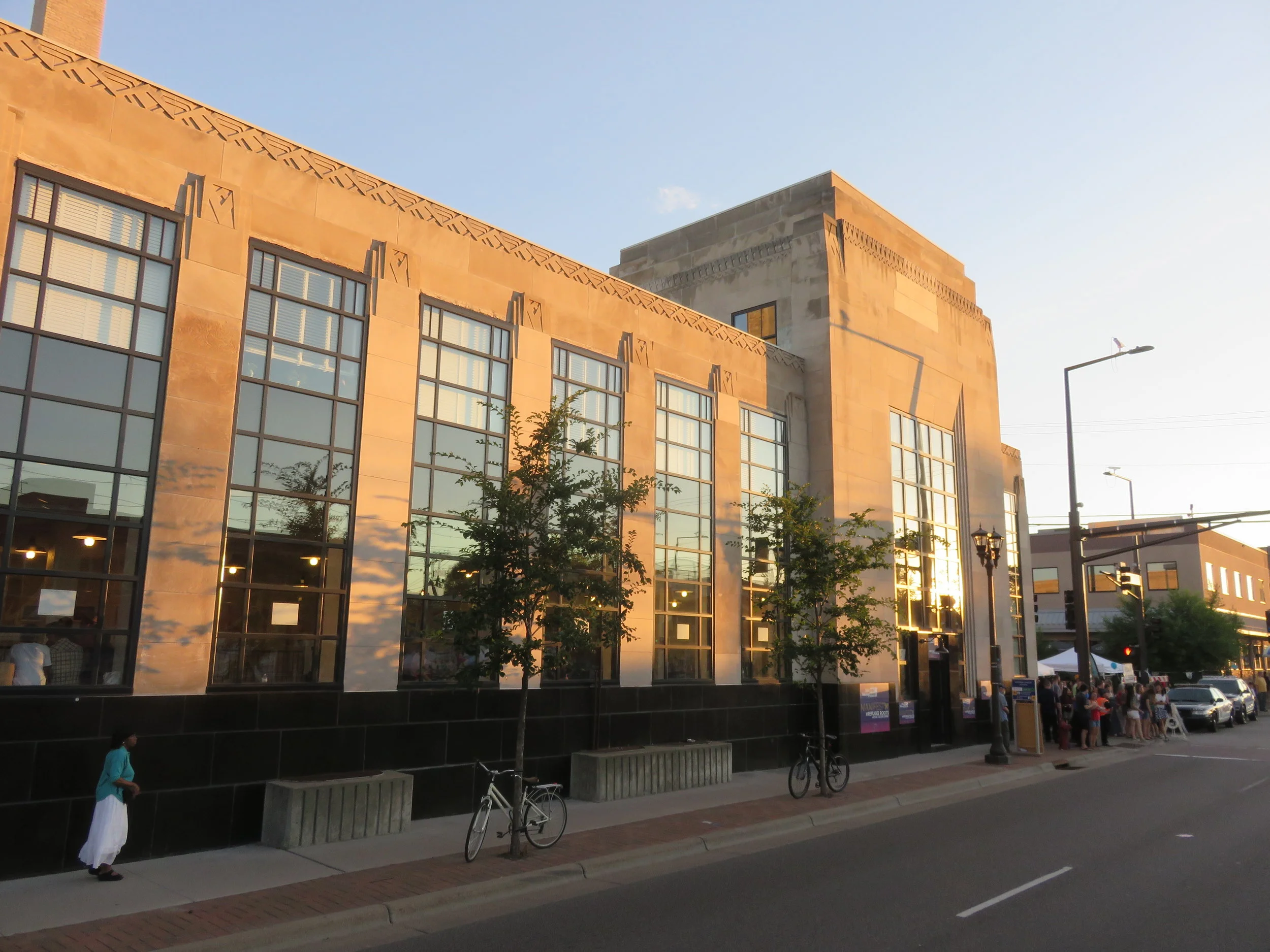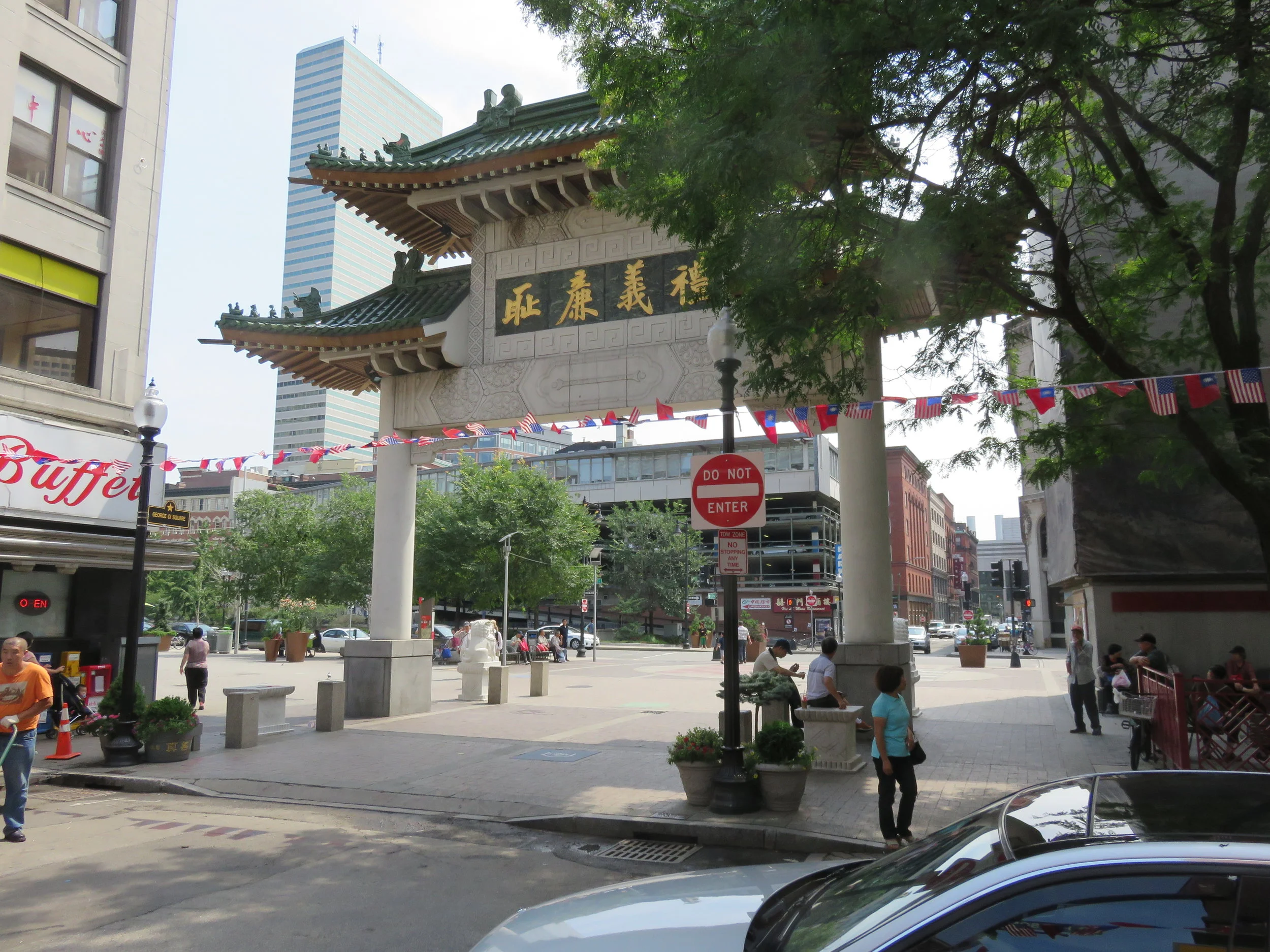Boston - Chinatown
/How to get there:
Less than 15 minutes’ walk from South Station, Chinatown also has its own stop on the Orange Line, one stop south of Downtown Crossing, where you can connect to the Red and Green Lines – and just 2 stops south of State, to connect to the Blue Line.
By car, northbound I-93 enters the “Big Dig” tunnel here; South Station’s parking garage off Lincoln Street has plenty of capacity, and the walk over gives the best first-impression of the neighborhood. In any case, *why* would you be driving in Boston? Park somewhere in the suburbs and take the train in…
A brief history:
While there was some shipping trade between New England and East Asia during Colonial and early Independence times, there was no organized migration until the 1870s, well after California and Chicago were settled. No thanks to the Chinese Exclusion Act of 1882, growth in Boston’s Chinatown in the early 1900s came only from other U.S. cities.
It was not until after World War II that New England saw sustained Asian in-migration, tied especially to labor in textile factories: Boston’s current neighborhood was directly adjacent to a garment district. There were also small Chinatowns in Providence, Rhode Island and Portland, Maine; these disappeared as textile production moved to the South after the 1950s and then ultimately overseas.
Boston’s resident Asian population was large enough to maintain a neighborhood-based ecosystem of banks, groceries, service businesses, and restaurants through the 1960s. As the city became an international center for higher education and electronics, new arrivals in the 1970s from Japan, Taiwan, Hong Kong, Southeast Asia, and finally the PRC in the 1980s settled in areas all over the metropolitan area like Cambridge, Quincy, and Malden – but used the centrally-located historic Chinatown for community, shopping, and services.
In the 2010s the neighborhood is experiencing redevelopment on a massive scale as skyscrapers go up in former garment factories and tenements. You will see when walking around that some of them sport the names and logos of Chinese financial concerns. There are also residential and manufacturing developments in and around the district led by the city and community associations. Being so close to Downtown and the Back Bay, with easy access to transit, long-distance trains, and Logan Airport, Chinatown has become an attractive place to live for every ethnicity.
Beach Street still retains its vintage charm and smaller-scale buildings, however, and is still a working neighborhood with florists, real estate agencies, print shops and a plethora of food options.
What to see and do:
The Paifang on the eastern end of the neighborhood, on Beach Street at the Kennedy Greenway is the natural starting point for a visit. Bring your appetite and plan on visiting at different times of the day.
In the morning, Beach Street is a busy farmers’ market (Chung Wah Hong) and the neighborhood’s several bakeries are doing a brisk business. At mid-day, over 200 restaurants are filled with locals and workers from downtown and other neighborhoods enjoying lunch. There’s not just Chinese cuisine – you’ll find great Japanese, Vietnamese, Korean options and more. And in the evening, many of those restaurants stay open well through the night into the early morning hours. Here’s a recent Boston Globe article with some favorites. (Our personal #1 is the Gourmet Dumpling House!)
Be sure to pay close attention to shop windows and note the diversity of businesses; there are still some craft supply stores and general merchandise shops offering interesting gifts, home-goods, and fashion accessories.
Chinatown’s compact size means wandering around doesn’t take too long, but you might miss interesting details. The Asian Community Development Corporation offers a 90-minute guided tour for a fee depending on the size of your group. This tour shows the origins of the neighborhood, its historic struggles, and what everyday life is like there now, and the fee supports the ACDC’s youth program. Plus, you get to talk and ask questions with a local who knows and loves the area!
Even the local McDonald's uses traditional script and ornamentation
Seasonal festivals and street markets are a staple of Chinatowns, of course. At Lunar New Year, there is a traditional parade which essentially fills the entire quarter, and in February, the New Year Cultural Village at the China Trade Building (corner of Boylston & Washington) has activities, food and street shopping. Early July sees the Main Street Cultural Festival, and in late September, the Main Street Lantern Festival.
Where family travelers can stay:
Boston’s transit system makes it easy to access Chinatown from all over the city, and many downtown hotels are built and priced for the business traveler. However, nearby neighborhoods offer some family-friendly options from familiar brands:
DoubleTree by Hilton has a location at the corner of Oak and Washington, just south of Tufts Medical Center, about 3 blocks south of Chinatown.
Courtyard by Marriott has a location on Tremont Street, just west of the Tufts complex.
The Copley Place shopping / convention / entertainment complex about 1 mile west of Chinatown also has a Courtyard, and a standard Marriott, plus a Sheraton. These hotels are on the Orange Line (Back Bay station), one stop past Chinatown.
What else:
Boston’s History Trail and harborfront are an easy walk or quick subway ride just to the north, with their many attractions and museums. And just to the northwest of Chinatown is Boston Common Park with its vast gardens.
Cambridge, home to Harvard University and its many museums, is about 20 minutes’ ride northwest on the Red Line. There are a great many Chinese students now attending there and restaurants are beginning to pop up to appeal to them – plus, Harvard Square has unique shops and a vibe both upscale and scruffy.
Less than 5 minutes’ ride west on the Orange Line is Copley Place for shopping and the Prudential Tower skydeck and immigration museum. Fenway Park is another mile beyond for historic baseball action.
See also:
https://en.wikipedia.org/wiki/Chinatown,_Boston
Chinatown Main Street Initiative
http://archive.boston.com/travel/boston/articles/2008/07/27/a_sense_of_chinatown/?page=1

